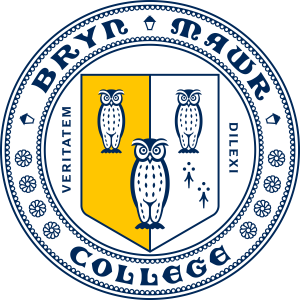READ: Seven design ideas for helping students navigate
READ: Seven design ideas for helping students navigate
1. Welcome students and share your plan.
Use the top section of your course as a 'Welcome and Start Here' section for information about the course goals and plan, how to find key information, and how to navigate through the course. (Consider using use Panopto Capture or the Panopto desktop app to record a screencast demo of important course features.) These things shouldn't be secret!
2. Choose course materials, assignments and learning technologies before the course starts.
It's very hard to create a legible learning path for your students if you don't know where the course is going! Advanced planning is especially important for courses with self-paced, asynchronous components that students may encounter at different times and in different ways.
3. Maintain a consistent visual design.
Develop organizing, naming, stylistic, and formatting conventions and use them consistently throughout your course. (For example, if you label one reading with author, abbreviated title, and chapter number, try hard to label them ALL this way.) Consistency makes it easy for students to identify and categorize course elements at a glance, minimizing the cognitive capacity needed to follow the course, and maximizing the energy and focus they can give to the course's content. (Note: We've tried to model this in our course design -- can you figure out how?)
4. Provide timelines and due dates.
Due dates or expected completion dates help students identify next steps and make progress completing asynchronous coursework. Even in self-paced courses, target dates or expected timelines to completion can help students gauge time needed for particular tasks and evaluate their own performance.
5. Provide detailed instructions and descriptions.
Whether you're introducing students to a new learning technology or creating an assignment, provide clear and specific written (or recorded) instructions. Your students won't be able to get immediate answers to questions when working asynchronously, pre-empting those questions will make it easier for them to work independently and require less instructor support.
6. Make sure students know how to access and use the technologies they need.
Much is bound to go wrong the first time we use a new technology. Gauge your students' familiarity with the tools you'll be using, and build in time and opportunities to practice accessing and using any that will be new to them.
7. Embrace user testing.
Although you can view your Moodle course as a student, it's helpful to enroll people less familiar as Auditors to help review it. At a most basic level, testers can help you find bugs (e.g., broken links) and check that things work the way you expect. However, testers they can also give you invaluable feedback on things like course design and clarity of instructions. Fresh eyes can often more easily identify things that are confusing or unclear and former students or TAs as testers may be able to provide feedback that is closer to a student's perspective.
